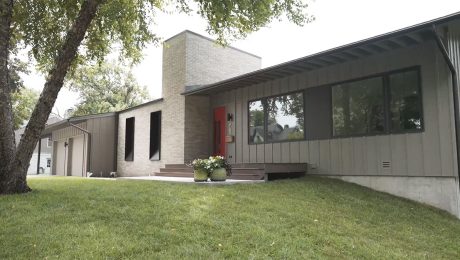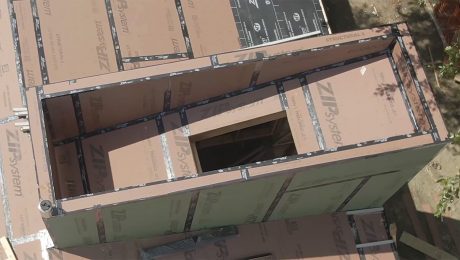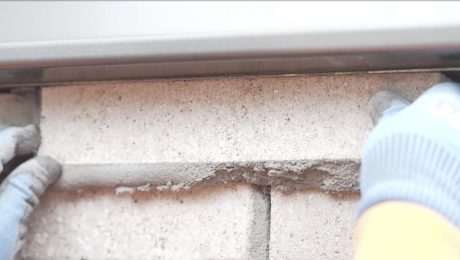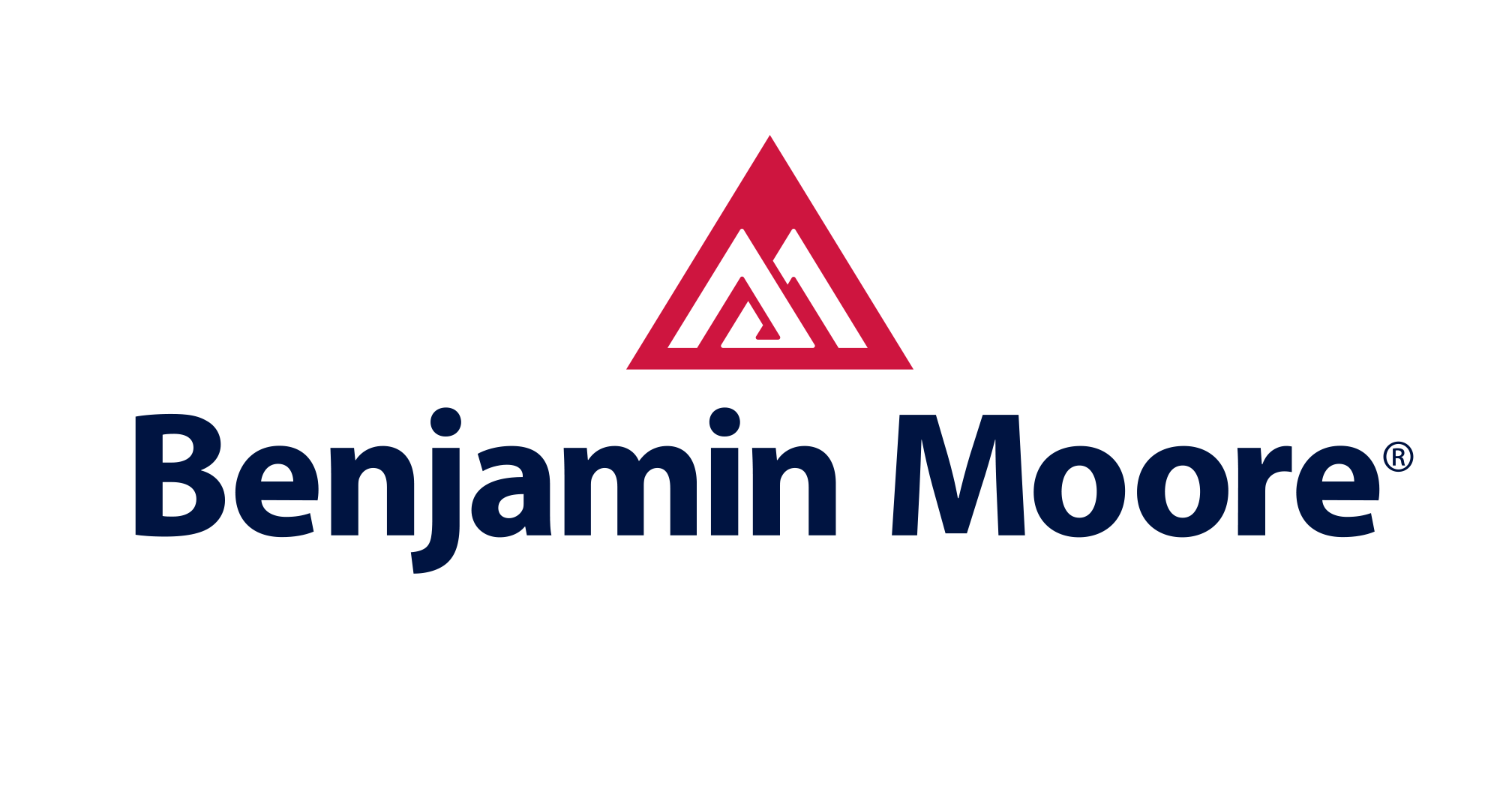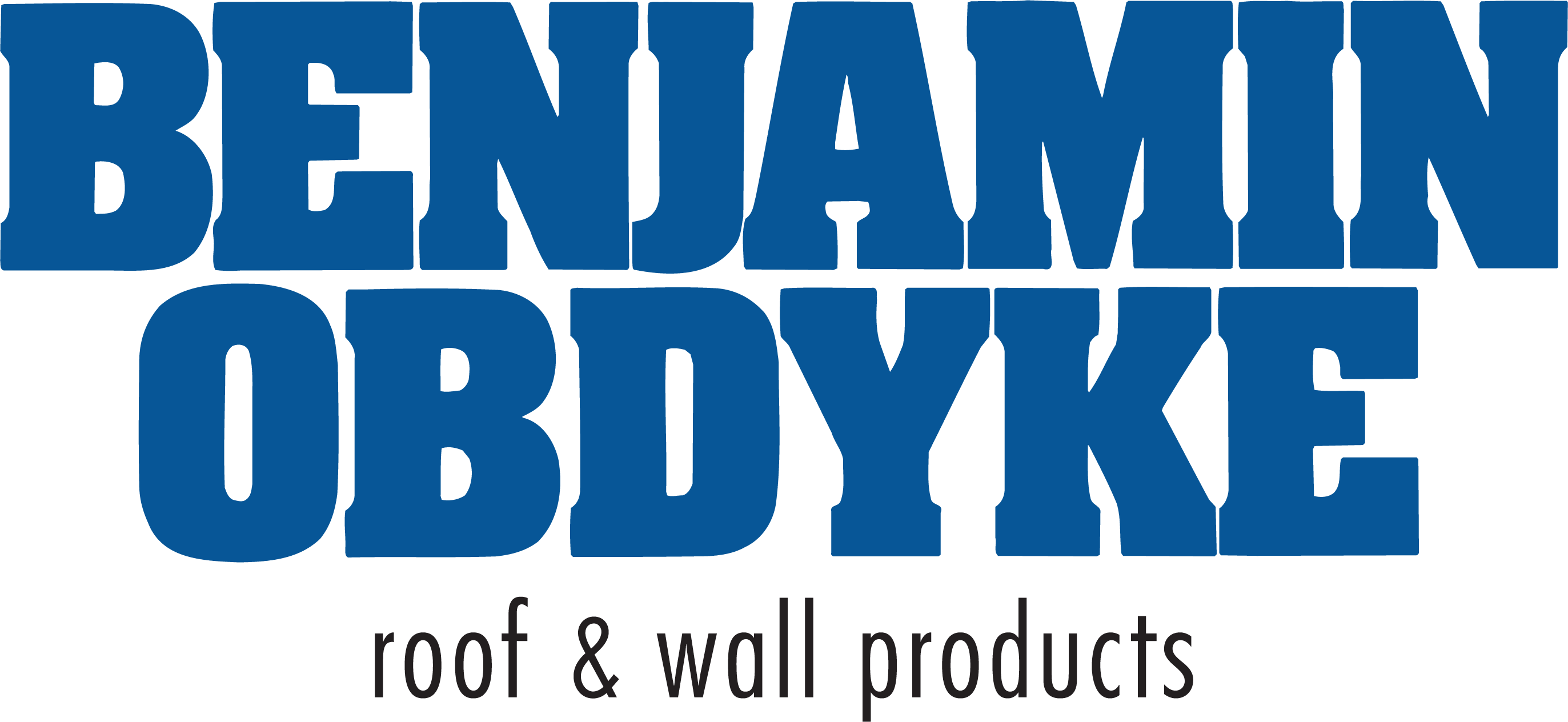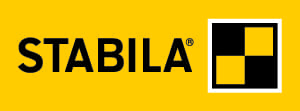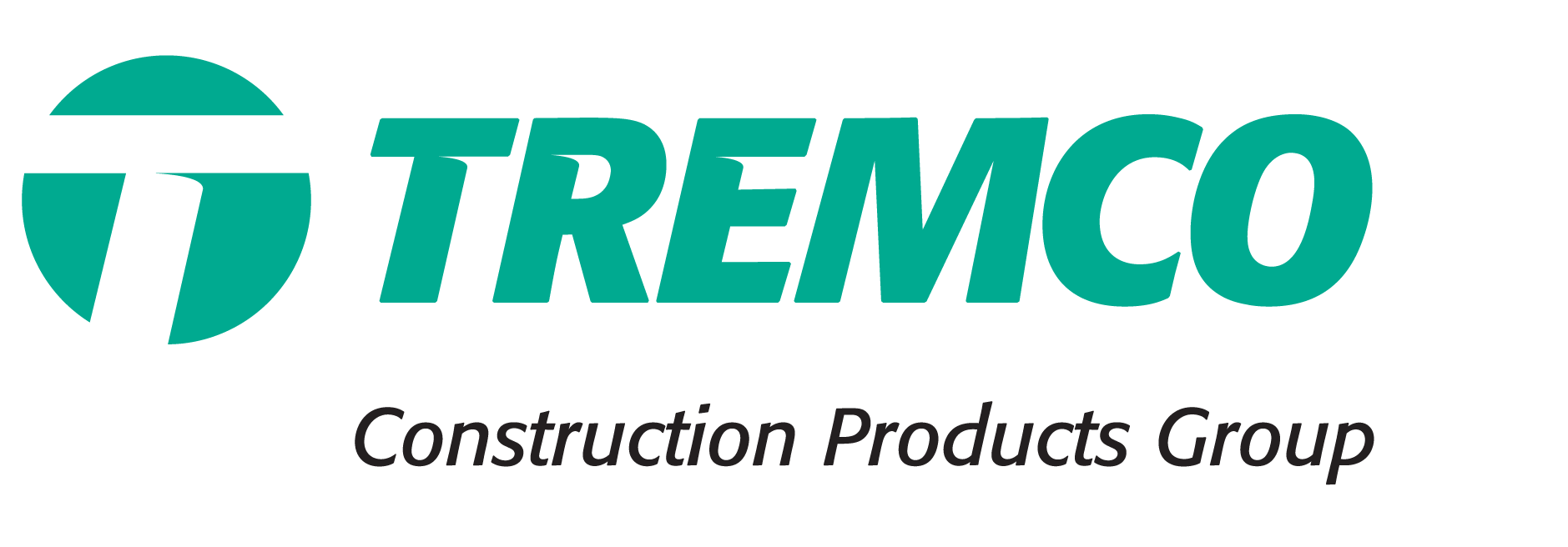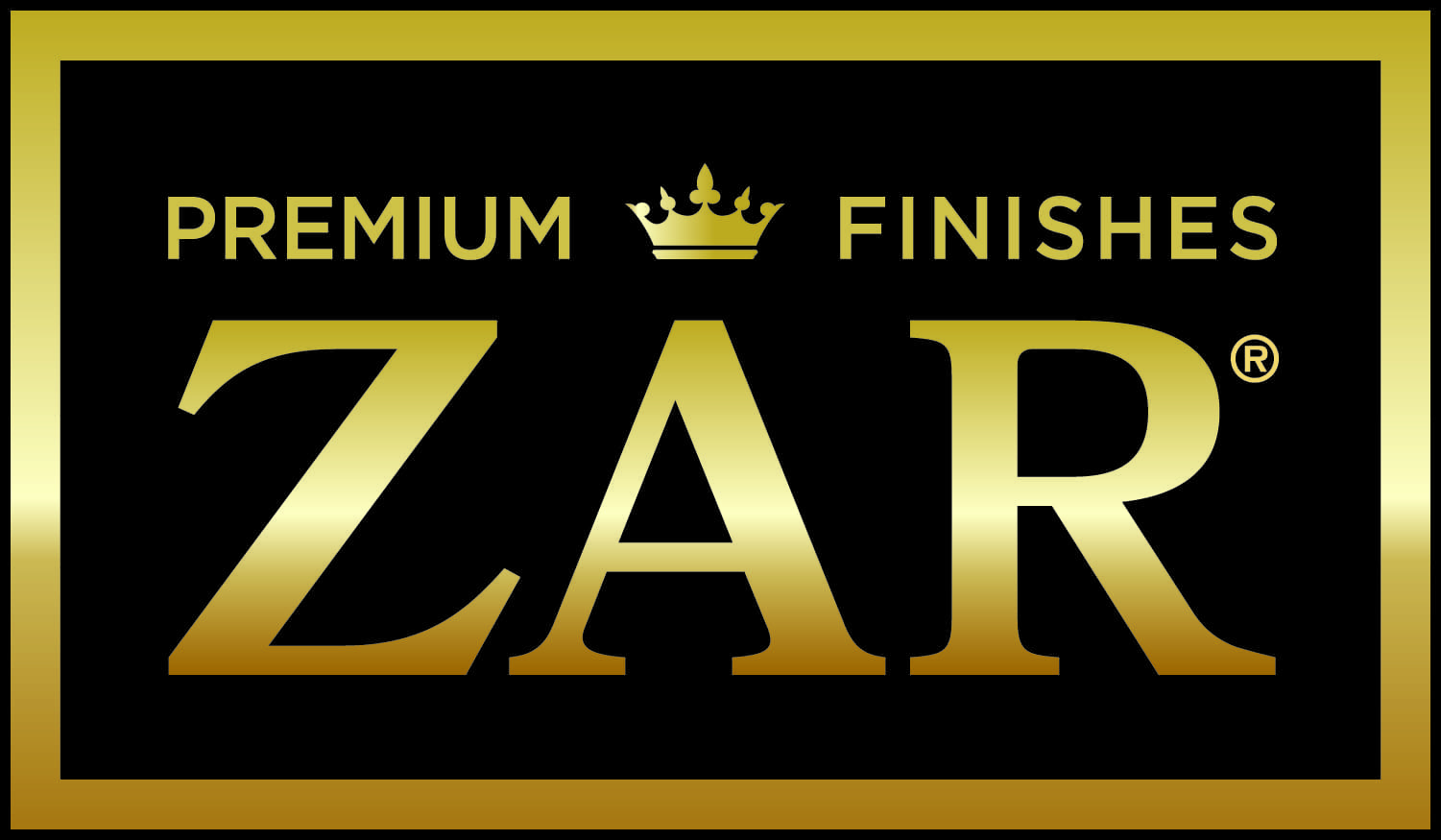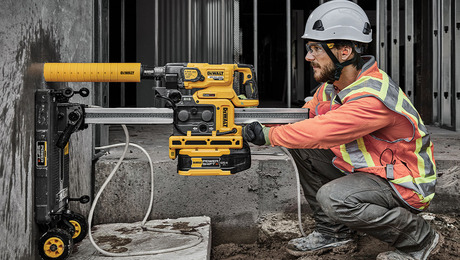Sealing a Concrete Floor
Travis Brungardt and Joe Cook demonstrate how to apply concrete sealer for a durable finished floor.
We’re at Fine Homebuilding House Kansas getting ready to apply concrete sealant to our finished basement floor to keep it protected before roughing in mechanicals or hanging drywall. This concrete will be the finished floor when we turn the house over to the homeowner, so it needs to be sealed correctly in order look good for the long term.
We have a couple of simple tools for the application of our sealant, UGL Drylok: a brush, a roller, and some tape. We taped off what we didn’t want to get product on, and we also used the tape to remove excess lint from the roller to limit any fibers from getting sealed into the surface.
After putting down the tape, we started by applying UGL Drylok on the raised concrete pad and steps. First, we used brushes to cut in around the perimeter to avoid getting insulation into our finish, and then began rolling the middle. After the raised pad was complete, we started at one end of the basement and worked our way back to avoid tracking footprints over the finished areas. Working in manageable sections is helpful—just be sure to pay close attention to where the next section begins for a consistent look. You don’t want one section to cure and accidentally get a second coat while you’re still finishing the first.
We had a bit of rain, which caused some water spots. We aren’t concerned about this because it wipes up easily with some cold water on a rag–no chemical cleaners needed. The messiest trade that will be down here next is the drywall crew. We’ll probably cover some of the floor, but if some mud gets through or hits on the outside of the tarp, it will wipe off—and the floor will look just as good in six to eight months when we turn the house over as it does today.
RELATED STORIES


